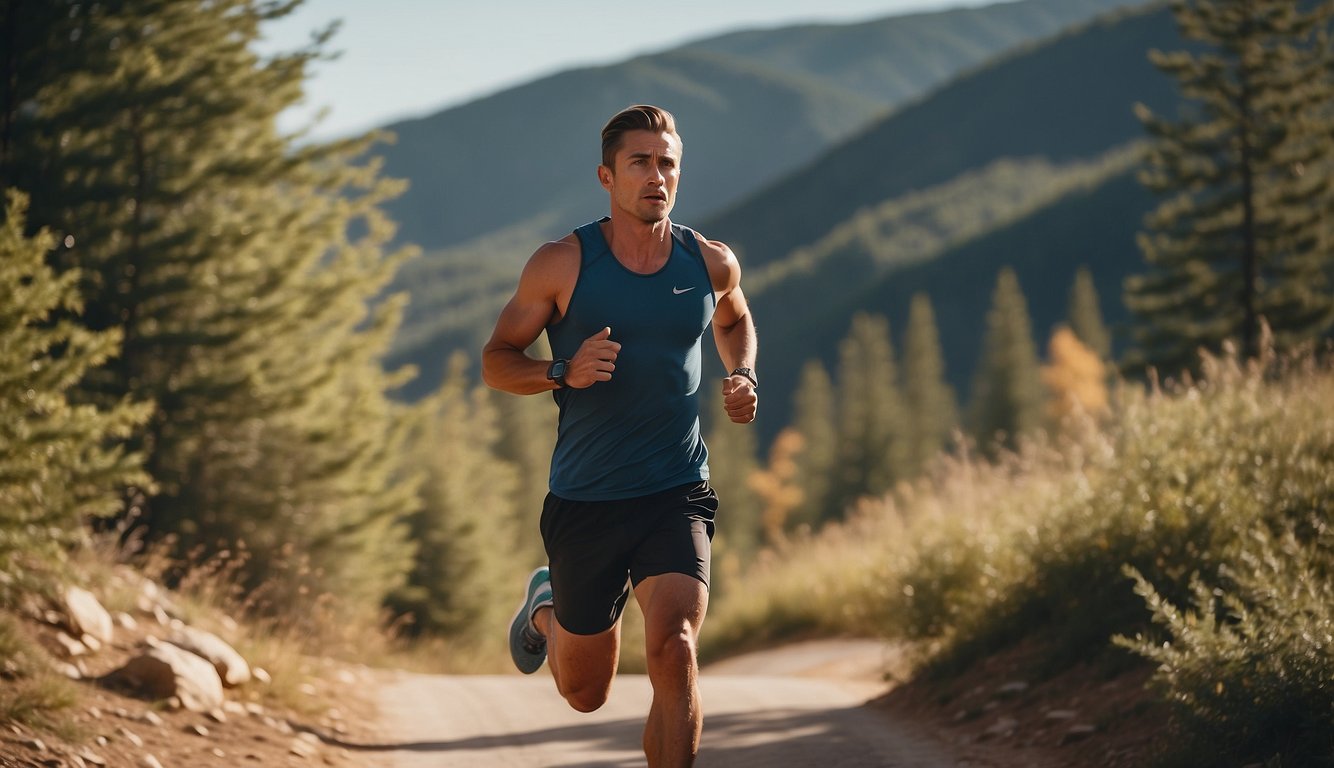I have always been a road runner, hitting the pavement day after day in pursuit of my goals. However, I recently discovered the benefits of trail running and how it can enhance my road running technique. Not only do I get to enjoy the beauty of nature, but I also get to be a part of a supportive community of trail runners.

Trail running offers a variety of terrain, including hills, rocks, and uneven ground, which can challenge your balance and strengthen your muscles. By incorporating trail running into my training routine, I have noticed an improvement in my overall running form and technique. Shortening my stride and focusing on my foot placement has helped me become a more efficient runner on the road.
In addition to the physical benefits, trail running has also helped me enjoy running more. Being surrounded by nature and exploring new trails has reignited my passion for running. I have also met new friends in the trail running community who have encouraged me to set new goals and push myself further. Overall, I highly recommend incorporating trail running techniques into your road running routine for a more enjoyable and effective running experience.
Transitioning from Road to Trail
Trail running is a great way to enhance your road running experience by adding variety and challenge to your runs. However, transitioning from road to trail running can be daunting for beginners. In this section, I will discuss the key differences between road and trail running, essential gear for trail running, and how to build trail-specific fitness.
Understanding the Differences
The terrain is the most significant difference between road and trail running. Trails are often uneven, with rocks, roots, and other obstacles to navigate. This uneven terrain can cause stress on your feet, ankles, and calves, so it’s essential to build ankle strength and mobility. The pace is also different on trails as the terrain can be more challenging. It’s essential to throw out your idea of time and focus on distance rather than pace.
Essential Gear for Trail Running
To get started with trail running, you’ll need some essential gear. Trail running shoes are a must-have as they provide better traction and support on uneven terrain. A hydration pack, gaiters, and a running pack are also essential for longer runs. A headlamp or flashlight and a waterproof jacket are necessary for running in low light or inclement weather. It’s also a good idea to carry a first-aid kit in case of an emergency.
Building Trail-Specific Fitness
Building trail-specific fitness requires a focus on balance, endurance, and core strength. Trail running engages more muscles than road running, so it’s essential to build strength in your core and calves. Running on rugged terrain can also improve your running form and technique by forcing you to focus on your stride and cadence. It’s also important to gradually increase your mileage and intensity to prevent injury.
In conclusion, transitioning from road to trail running can be challenging, but it’s a great way to enhance your running experience. By understanding the differences between road and trail running, having the right gear, and building trail-specific fitness, you can enjoy the benefits of trail running while staying safe and injury-free.
Enhancing Trail Running Experience
As a road runner, transitioning to trail running can be a great way to enhance your running experience. Trail running offers a unique outdoor experience with scenic views, forests, and natural obstacles. However, it is important to navigate the trail environment safely and with proper training techniques.
Navigating the Trail Environment
When running on a trail, it is important to pay attention to the terrain and any potential hazards. This includes elevation changes, tree roots, and switchbacks. It is also important to be aware of your footing and to wear appropriate trail shoes for better control and precision.
To avoid getting lost on the trail, I recommend using apps like AllTrails or Trail Run Project to find local trails and maps. You can also join a local trail running club or hire a running coach to help you navigate the trails safely.
Training Techniques and Tips
Trail running requires a different set of skills compared to road running. To improve your agility and maneuverability on the trails, you can incorporate strength exercises like push-ups, planks, and yoga into your training routine. Hill repeats and trekking poles can also help improve endurance and technique.
It is important to maintain a consistent effort and concentration while running on the trails. This can help improve your meditation and personal growth. To monitor your metrics and heart rate, you can use a GPS watch or a running app.
Creating a Sustainable Practice
To ensure a sustainable trail running practice, it is important to prioritize safety and injury prevention. This includes wearing appropriate footwear, carrying gels or snacks for energy, and consulting with a local running store for gear recommendations.
It is also important to practice good trail etiquette and respect the environment. This includes staying on designated trails, avoiding littering, and being mindful of other trail users.
Trail running can be a fun and rewarding experience, but it is important to approach it with the right mindset and preparation. By following these trail-running tips and techniques, you can enhance your running experience and enjoy the beauty of nature while staying safe and injury-free.

